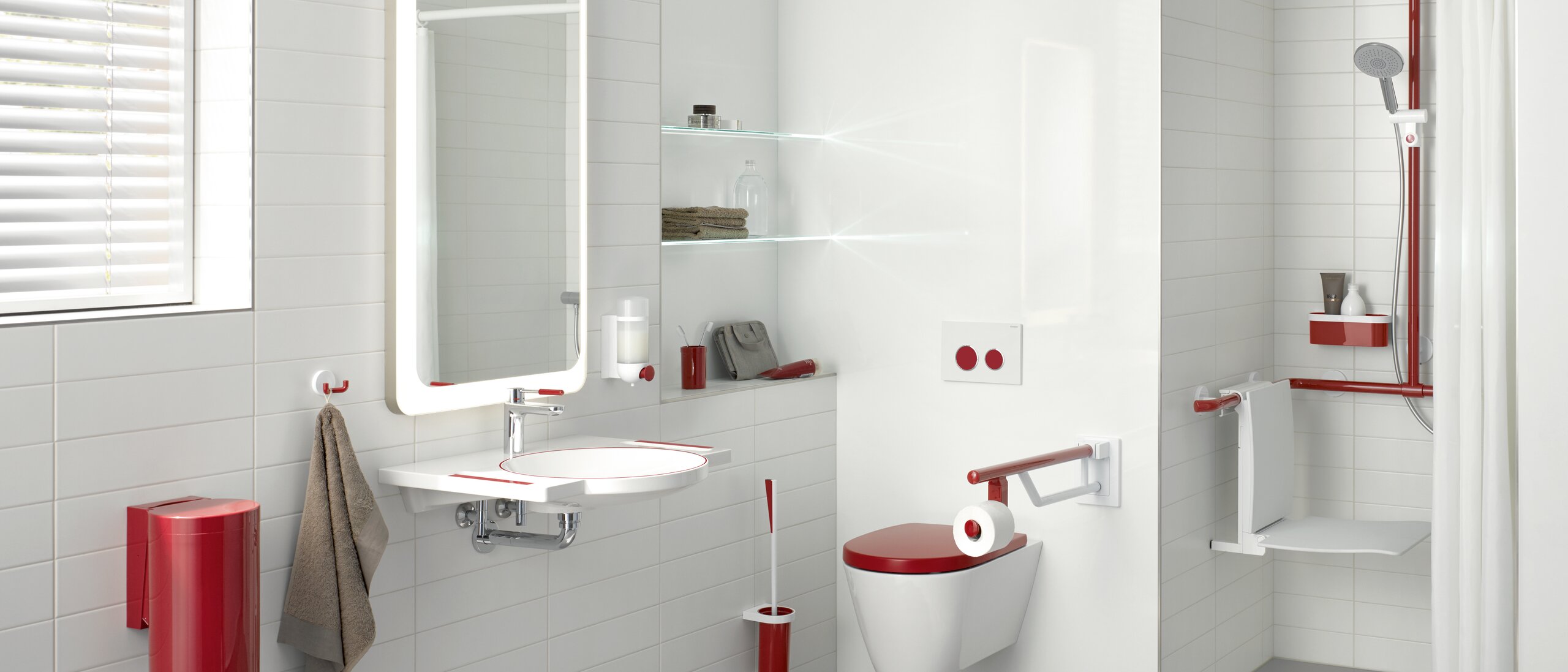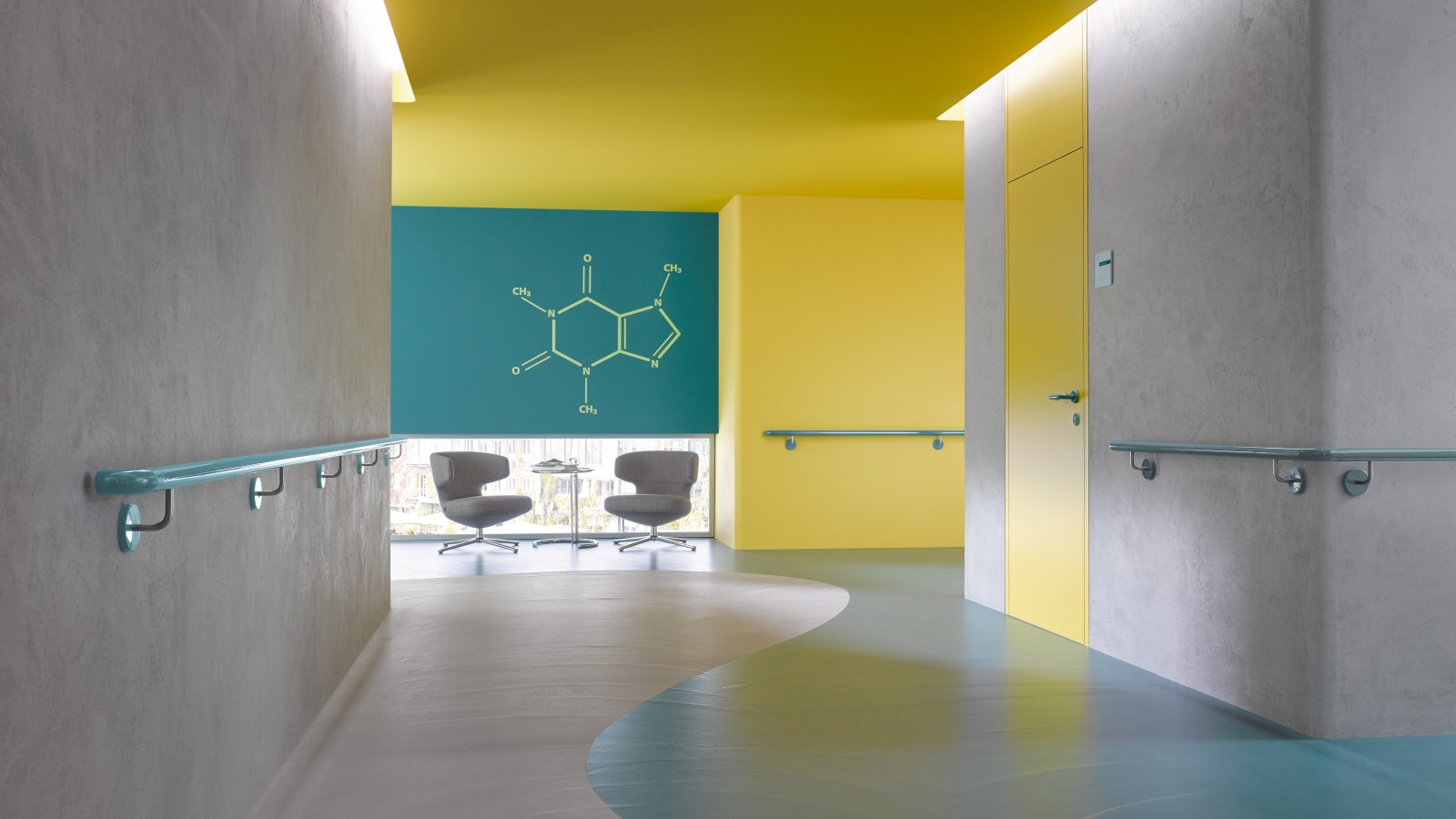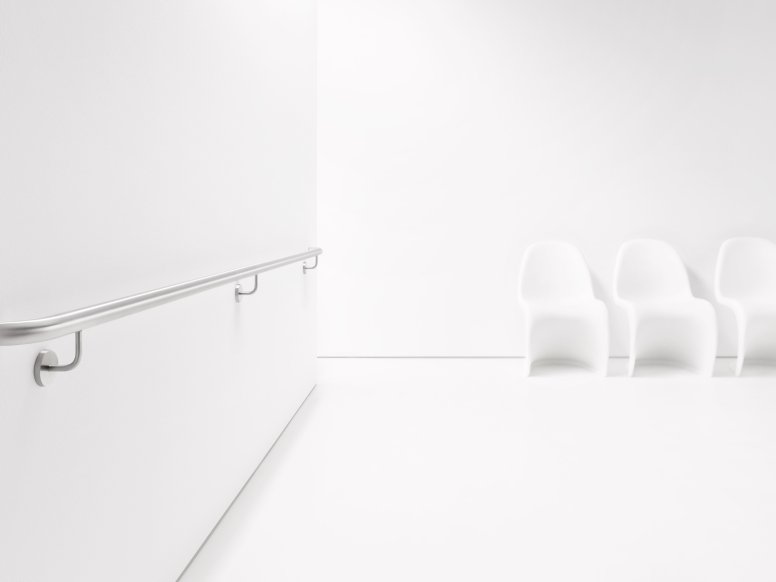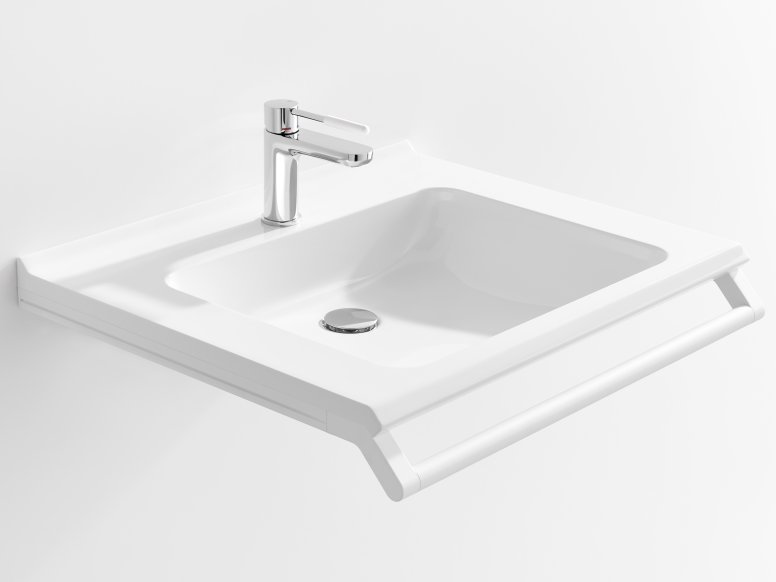HEWI MAG / Knowledge
Orientation aids for dementia: Tips for bathroom design
Many people with dementia find it difficult to manage independently as their disease progresses. They may also misjudge dangerous situations. The following article offers valuable tips on how to equip a bathroom in a dementia-friendly way;
It is quite understandable that patients with dementia would like to remain in their own homes for as long as possible. The challenge with dementia patients is that they unwittingly expose themselves to danger simply because they misjudge situations. The bathroom offers a particularly high safety risk – falls in the bathroom can happen rather quickly. Problems with the circulation or a tile floor that is slippery when wet are only two possibilities for this. Orientation aids for dementia are therefore particularly important for everyday life. The following tips support dementia patients and ensure more safety in the bathroom:
1. Creating clarity – this ensures safety
It does not matter whether it is your own flat, a house, or a care facility: clarity is quite important – especially in the bathroom. A simple set-up of this room helps dementia patients to better orientate themselves. The design should therefore be reduced to a minimum. Dementia patients are often quickly overwhelmed. Too many products in the bathroom lead to them not being able to find their way around. As a planner or architect, you should ensure that products have a fixed place in the bathroom. This is important for bathroom accessories. Toothbrushes, combs, and the like should kept be in a familiar place. Otherwise, people with dementia could spend a lot of time searching for them. Fixed routines support dementia patients in maintaining their independence and sticking to habits for as long as possible. Trip hazards – such as bath mats, cables, or door thresholds – should be avoided because they increase the risk of falls. It can also be helpful to paint or select door frames or door handles in a different colour in order to make them more recognisable.
2. Orientation aid at the vanity through signal colours
The more the disease progresses, the more symptoms such as forgetfulness or speech disorders appear. Clear structures at the vanity help to create orientation aids for dementia patients. Signal colours help dementia patients to find their way around. This makes it easier for them to identify functional elements. People with dementia perceive contrasting colours such as white and red and white and black particularly well. A vanity with grab rails marked in red provides the necessary safety when washing. The colourful handle on the fitting clarifies the operation.
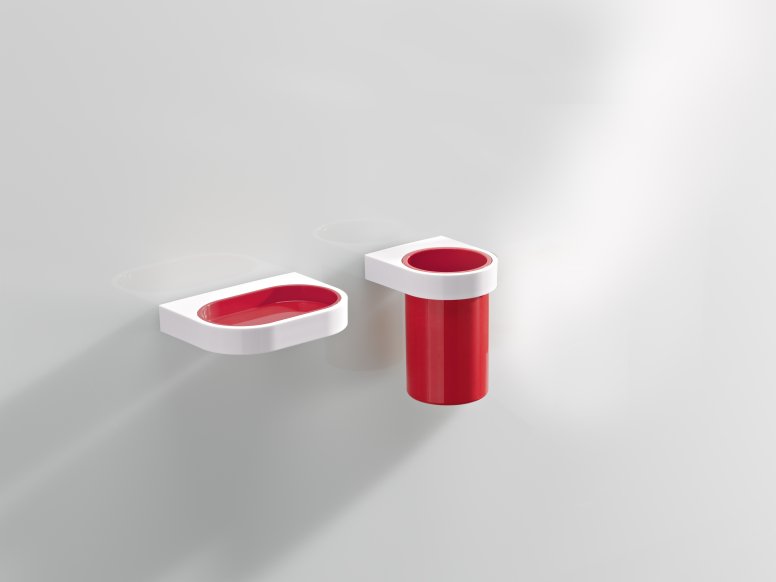
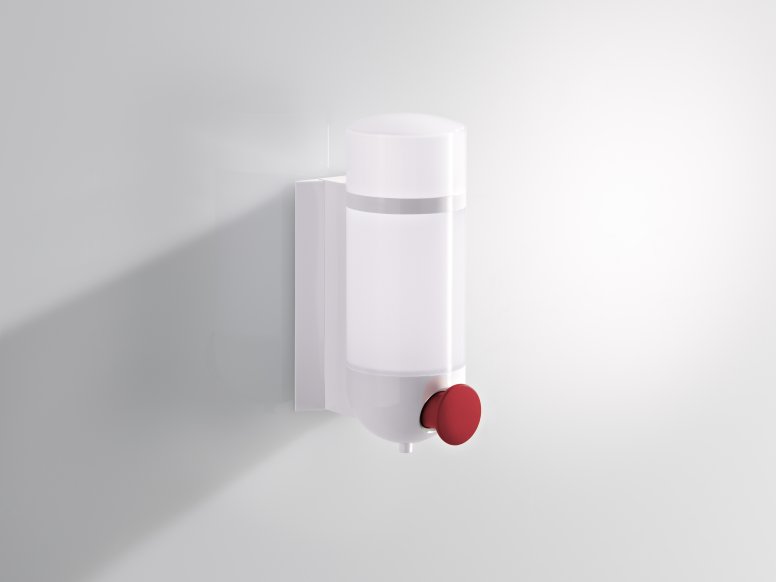
3. Good lighting helps with orientation in the bathroom
As a planner or architect, you can create a good environment for people with dementia if you ensure good, glare-free brightness in the bathroom. Corners should be well lit. Ceiling lamps, recessed spotlights, or spotlights are quite suitable for pleasant general lighting in the bathroom. The recommended light intensity in the bathroom is 250 to 300 lumens per square metre. The influence that the choice of lamps has on the atmosphere in the bathroom should not be underestimated. It must be taken into account that dementia patients generally need more light than younger people. They perceive cold white light better than warm white light.
4. Orientation images for dementia patients
Orientation images for dementia patients are also quite important. They act as a guide and prevent confusion. If possible, you as a planner or architect should therefore provide operating elements in the bathroom with clear and easily visible symbols. Another help are markings on the floor. For example, to help the patients find their way to the toilet or the shower. Coloured adhesive tapes or self-adhesive foils are helpful for this. Important objects can also be visually marked. Image captions serve as memory aids. In general, it is recommended to avoid reflections in sanitary products. You should therefore choose matt surfaces, which are more useful in a bathroom for people with dementia. In addition, pictures and photos of familiar people are also helpful in order to facilitate orientation in the bathroom and to give the person a feeling of familiarity and security.
Orientation aids for dementia patients: This is what bathroom planning is all about
Sometimes less is more. This is especially true for bathroom planning for people suffering from dementia. The most important thing is to ensure safety in the bathroom and to support the everyday life of dementia patients with the appropriate products and instructions. For example, in the form of labels. High-contrast colours can help people find their way around better and maintain their independence for as long as possible.
We can support you in planning
Do you need help with dementia-friendly bathroom planning? Our HEWI planning service for architects and planners will be happy to support you. Please feel free to contact us.
